It was only half past eight at night but the streets were mostly deserted. Alexander and I walked around the small alleys of Medan to find a place where we could have some authentic Medanese dishes, off the more touristy Kesawan and Merdeka Square. We were looking for Selat Panjang, a street both of us barely knew until earlier that night, when a woman told us about a place for sampling some of the most delectable cuisine the city has to offer.
We kept walking to get to Selat Panjang which proved a little harder to find than we anticipated. As we walked down the streets, a green-lit water tower suddenly emerged out of the darkness. I investigated closer before realizing that it was no ordinary water tower. Tirtanadi Water Tower has been one of the most prominent landmarks of Medan even though its popularity is overshadowed by the more exquisite Grand Mosque and Maimoon Palace.
Right across the street from the water tower, an alley seemed devoid of any activities, giving both of us doubts. But as we continued walking, after a turn all of a sudden the sleepy alley turned into a lively place dotted with modest restaurants and food carts. The aroma of various dishes filled the night air, the showcases were such a visual feast, and the sound of condiments fried in hot oil on a skillet enlivened the whole area. We had found Selat Panjang, where Medan’s reputable Chinese-influenced dishes are in abundance.
We walked the length of the alley, which was rather short, before deciding which of the mouth-watering dishes we wanted to try. Apart from the ubiquitous noodle-based delicacies, some of the unique and tasty food that we tried were keladi – a savory steamed cake made from taro and shrimps with fried shallot, red chili, and dried shrimp for the topping; and Tau Kua Heci – chopped tofu, crab, and whole shrimp on crackers, served with boiled water spinach in thick sweet and sour soup. One can truly feel the strong oriental influence on those dishes – the former was said to be influenced by Cantonese cuisine.
However the Chinese culture could be felt not only through the food, but also the old houses. One of the most important examples of such structures is the beautiful Tjong A Fie Mansion, which was modeled after the more well-known Cheong Fatt Tze Mansion in Penang, Malaysia, whose owner happened to be Tjong A Fies’s own cousin. Tjong A Fie Mansion incorporated many elements of Chinese, Malay and European architectural styles, a stark contrast to its neighbouring houses with a Dutch architectural style.
Tjong A Fie – born Tjong Fung Nam – was a prominent figure in Medan. Hailing from a small town in Guangdong Province, China, he sailed for months to get to Sumatra to search for a better life. In the late 19th century, he had established himself as a respected businessman, owning tobacco, tea, palm oil, and sugar plantations to name some. Apart from managing his businesses, Tjong A Fie was known for his altruism – donating his wealth for the Chinese, Indian, Muslim, and Christian societies in North Sumatra.
But in 1921 when he was 60 years old, the people of Medan were shocked when the generous businessman died of apoplexy.
The mansion is now owned and managed by one of Tjong A Fie’s grandsons, who did thorough research about his late grandfather to present an accurate history of his family to visitors, even if it meant conducting research as far away as the Netherlands.
One of Tjong A Fie’s legacies to the cultural diversity of Medan is the abundance of Tamil Hindu temples, which is where we headed right after our brief visit to the mansion. Unfortunately on that day the temple was closed, so we could only marvel at the indisputable beauty of a Tamil temple from the outside. But Medan will always be an open city, welcoming students, traders, businessmen, and others to find their fortunes in the North Sumatran capital.
All photographs were taken with my phone’s camera. Hence the unusual dimension.

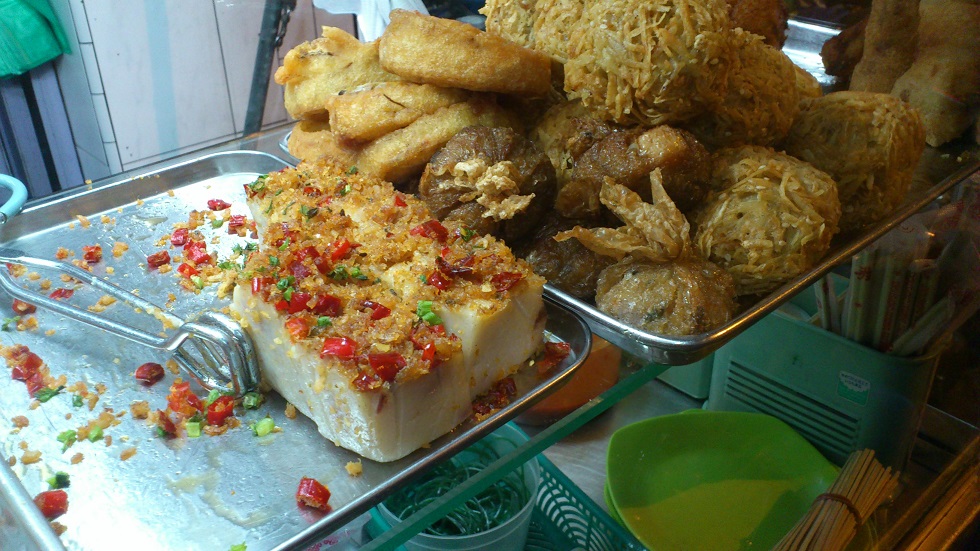
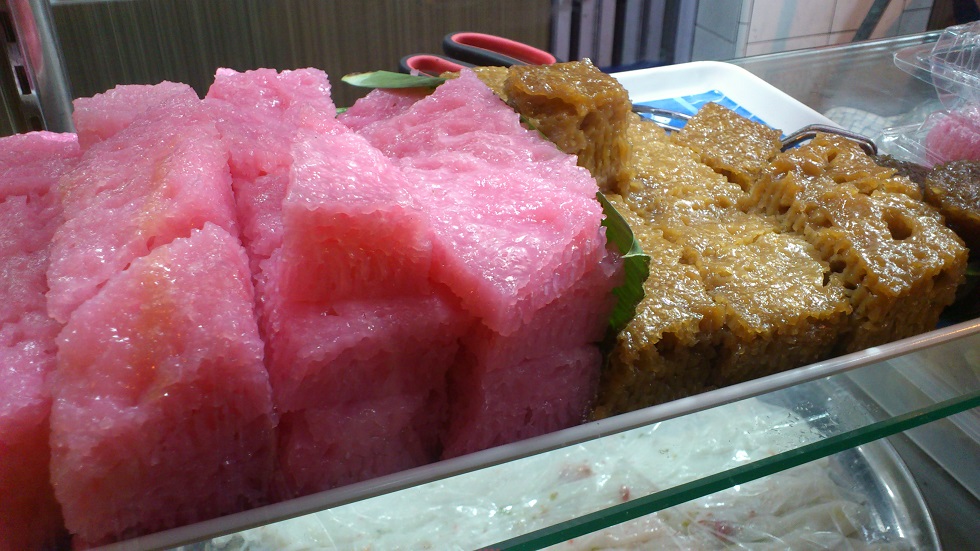

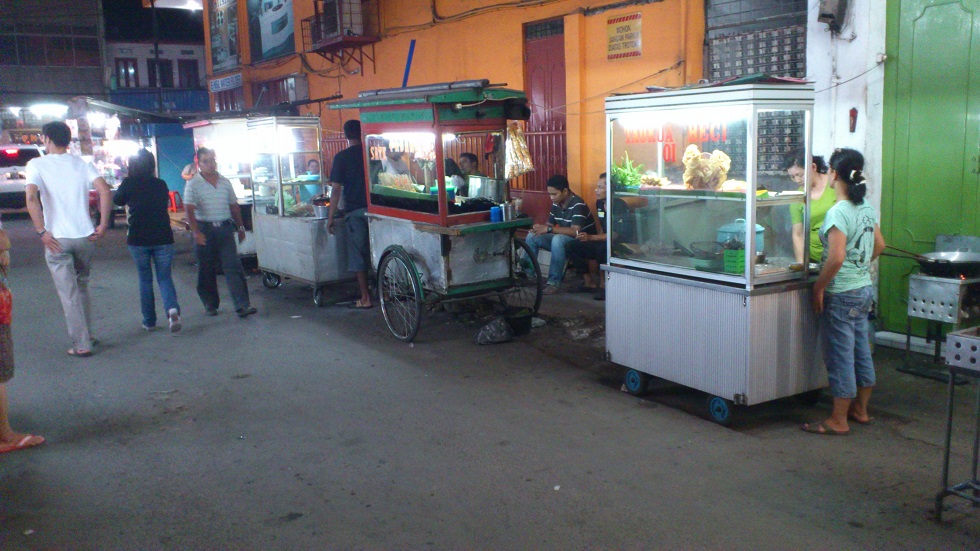
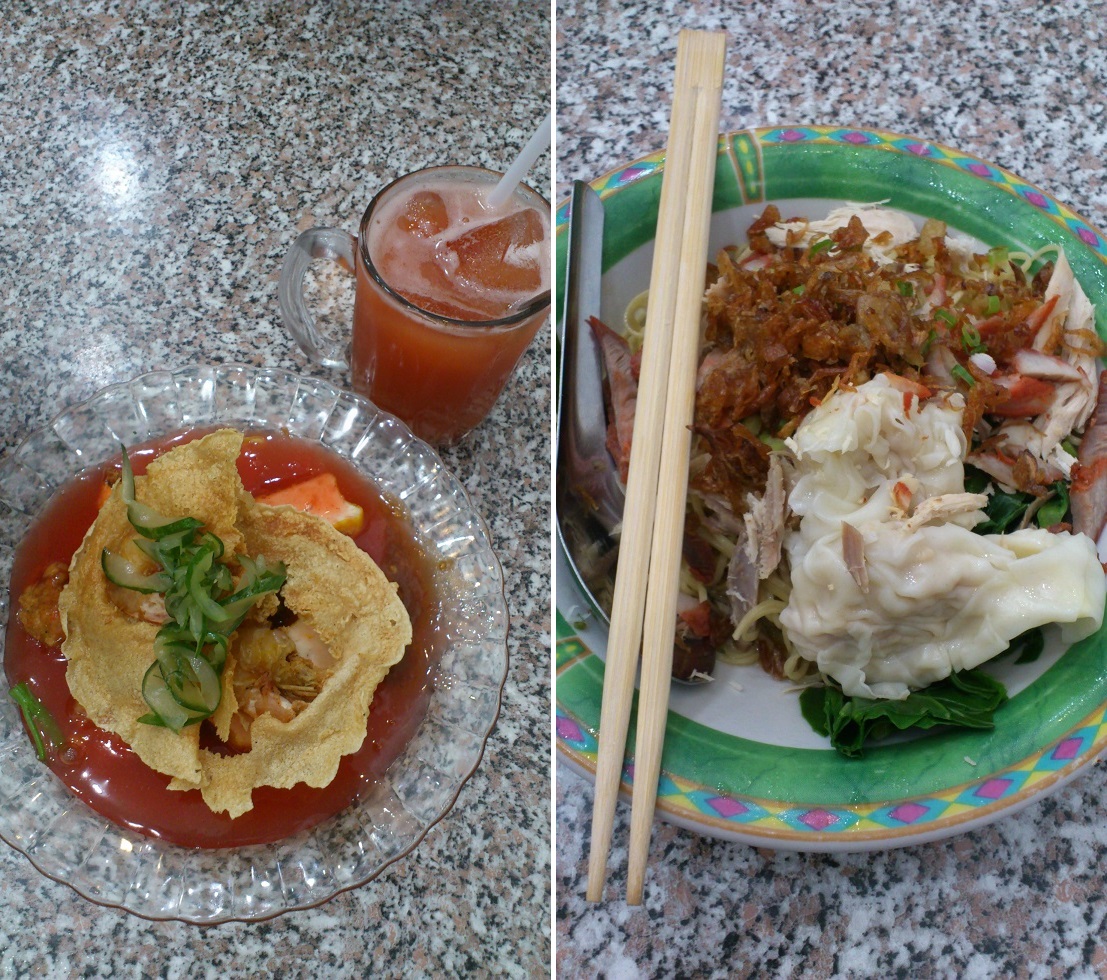

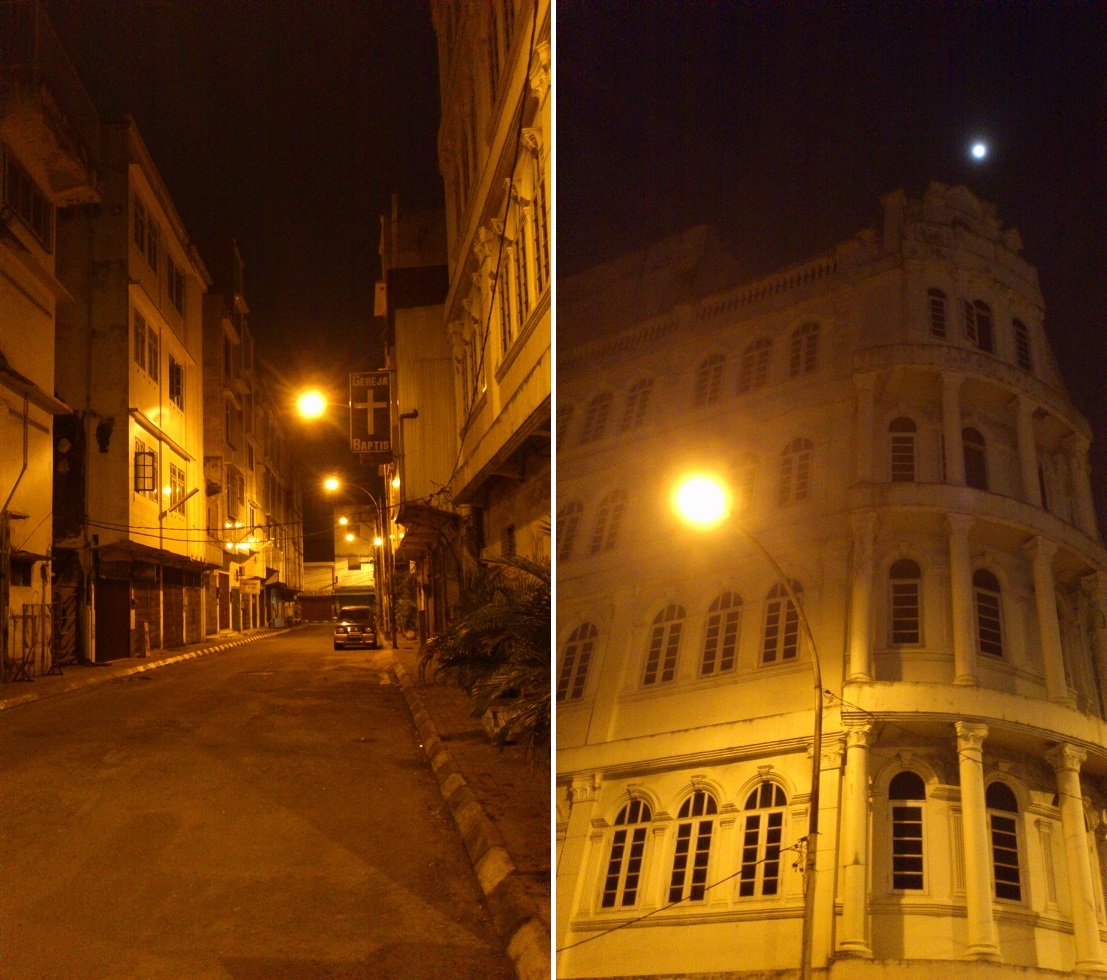





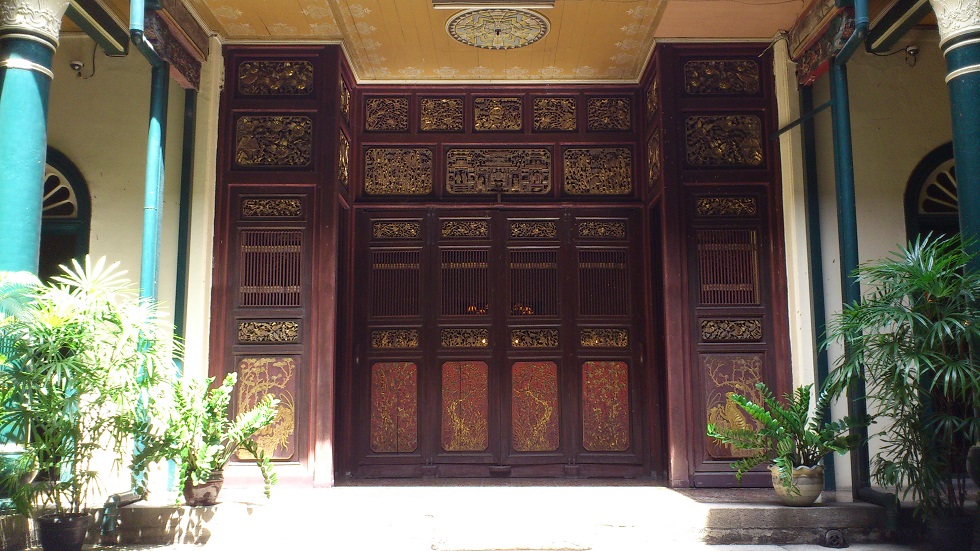


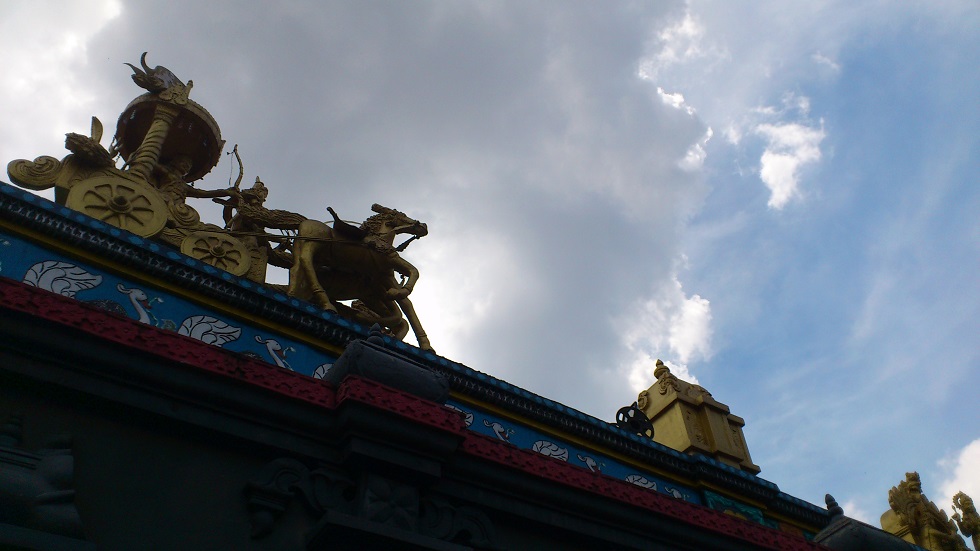

Masih kebayang wajahmu pas makan bihun bebek itu. 🙂 Bahkan milih ke Medan lagi kalau pas ada event hanya demi bihun bebek. Tapi memang enak sih.
I also enjoyed the night walk along that deserted street. 🙂
Thank you Mas Bama.
LikeLike
Meskipun tempatnya panas, tapi bihun bebeknya bener-bener bikin ketagihan. Dan sambalnya pas banget sama keseluruhan rasa bihun + bebeknya. Thank you Bapake!
LikeLike
Hallo, I would like to inform you I ‘ve just listed you for THE VERSATILE BLOGGER AWARD! It’s a way to know each other, among the bloggers. You can find all the infos here: http://costanzafabbri.com/2013/10/27/my-versatile-blog-award-winners/ See you soon! Costanza Fabbri
LikeLike
Hi Costanza,
Thanks a lot for the award! I’m really honored. Hope you have great travels ahead!
LikeLike
Great post about medan….sangat suka makanan, selalu sediket berbada daripada kota dan pulau yg lain. Belum ke sana 🙂 ))
LikeLike
Thanks! You have to give Medan a try! Banyak makanan enak dan tempat menarik di sana. 🙂
LikeLike
I have also read an interesting book about medan by john mateer – semar’s cave an Indonesian journal…really enjoyed : )
LikeLike
I had to google that book and it sounds really interesting! I might need to read that before exploring Indonesia further. Thanks for the suggestion! 🙂
LikeLike
huaaaa….nyobain bihun bebek Medan itu udah jadi impianku sejak jaman dahulu kala *lebay*. Tapi sampe sekarang blum sempat ke Medan nih. Padahal udah ngiler kuliner disana yang konon lezat banget 😀
LikeLike
Kalo emang suka banget sama bebek dijamin ketagihan deh setelah nyobain bihun bebeknya. Yang recommended Bihun Bebek Asie, tempatnya persis di belakang kantor ‘Harian Analisa’ di daerah Kesawan.
LikeLike
very nice !
LikeLike
Medan is indeed a nice city with many interesting places. Thanks for dropping by!
LikeLike
Very nice pictures, the food as well as the houses. But I have a suggestion. For people like me in distant Europe it would be nice to see at once where this city is situated.
LikeLike
Thanks for your kind word and also for the input. For now you can go to maps.google.com and type Medan. It’s a city on the northern part of the Indonesian island of Sumatra.
LikeLike
Great photos and commentary, amazing to see such rich Chinese tradition in Medan…and also a good look at the night markets & food stalls. Enjoyed this post very much.
LikeLike
Thanks Randall! Due to its proximity to mainland Asia I guess Medan is a natural gateway from people all over the region, including China, to come to Indonesia. Hence the rich and diverse cultural scene of the city.
LikeLike
Bama, I’m so glad I read this after dinner – what a wonderful photo essay on the culinary treats of Medan. You can definitely see the Cantonese influence in the kue keladi and tau kua heci, I wonder if the vendors still speak a bit of the language. As for the bihun bebek, it reminds me of that dish we had in Taipei… although I suspect this one probably tasted better!
It must be a joy to wander around Tjong A Fie Mansion, I’ve never been to its famous counterpart in Penang but there are clear parallels with the Mandarin’s House in Macau. 🙂
LikeLike
Lol! Thanks James. Actually despite the Cantonese influence, most Chinese Indonesians in Medan are Hokkien people. So they don’t really speak Cantonese. And yes, that bihun bebek that I had in Medan was even better than the one we had in Taipei. You should go there when you visit Medan one day. 🙂
I’m glad that I managed to visit Tjong A Fie Mansion on my second trip to the city as it was closed during my trip last year. I’m glad the family decided to keep the mansion, otherwise it could have been abandoned.
LikeLike
wah kulineran malam di Medan… belum pernah coba, abis kalo malam pasti mangkal di tukang duren atau warung TST
LikeLike
Setiap ke Medan pas musim duren? Saya pas ke sana malah belum pernah nyobain durennya. Tapi udah lama juga gak makan duren sih.
LikeLike
Reblogged this on milamoki and commented:
Enjoy 🙂
LikeLike
Waduh, apalagi buat yg makan piggy mas,
Medan itu surganya….hahaha
btw, actually this is not only chinese infused but also the malay cultures, this blended into a peranakan cuisine, which is rich duck broth rice vermicelly and also the taro cake…
while kue putu or puttu cake in english is actually originally an indian (tamil) dish
Kinda salute for your deep reserach within this post mas Bama!
LikeLike
Hehe iya sih. Thank you so much for the additional information on those dishes. I never thought that putu is actually from India. I guess a lot of Indonesian dishes are actually of Chinese and Indian origin after all.
LikeLike
From the looks of all the food, you must have had an extremely difficult time deciding! I hope you were able to return another night to sample more. The putu looks especially intriguing. I always like your food blogs because the food is so unusual for me.
I viewed the past post about the Grand Mosque, and I have to say that I can’t think of any adjectives to describe the spectacular beauty of the style and the decorative details. Your excellent photos show both very well, and we can truly appreciate the creativity and ability of the creators.
LikeLike
I actually did, Marilyn. I remember walking back and forth before deciding what to eat. Unfortunately I only spent a night in the city so I have to wait for another trip to sample some of those dishes again. When I was little I always loved it when I saw a putu vendor preparing the cake because when it’s almost done, the steam always created a noisy sound. I must say I enjoyed watching that than eating the cake itself. 🙂
The Grand Mosque of Medan is truly beautiful. Hopefully more efforts are done to preserve its beauty. Thanks a lot Marilyn!
LikeLike
I want the chance to travel there, to try all that food rarely jajajajjaja, regards!!!
LikeLike
Hopefully that happens sooner than later. 🙂
LikeLike
Nice post Bama! I’m really hoping I could squeeze in a few places in Sumatra in my planned Indonesia trip next year. 🙂
LikeLike
Thanks James! Are you still going to Indonesia next March? And how long will you be in the country?
LikeLike
Yes Bama. I think 8 days. 🙂
LikeLike
Let me know if you happen to be in Jakarta on one of those 8 days!
LikeLike
nice post!
LikeLike
Thanks Johanes!
LikeLike
Enjoyed your report as always. The photographs of those foods are mouthwatering and the way you tell of the trip feels like I was with you in it.
LikeLike
Makasih Eki! Sharing what I felt or experienced during my trip is part of the fun. I’m glad you enjoyed this post as much as I enjoyed that bihun bebek. 🙂
LikeLike
Oh dear, I can’t get bihun bebek out of my mind! 😉
LikeLike
Have you tried one? The one that I had in Medan was actually a bit pricey, but it was really worth it.
LikeLike
Hi Bama, another interesting read. Keladi seriously sounds so mouth-watering. I love all the ingredients that are in it. The story of Tjong A Fie is fascinating. His generosity is admirable and to donate his wealth to different communities is very noble and reflects the openness of the city.
LikeLike
Oh I love keladi so much! It’s soft, rich, and addictive. 🙂 When I learned about Tjong A Fie, I could only wish that there were more people like him in the world. It could have been a better world we lived in.
LikeLike
Wow! It was an amazing and informative post. OMG! The food looks so delicious. I want to l learns Indonesian cuisine:-)
Did you take any photography class since these pic are really nice .
LikeLike
Thanks a lot! I must say that Indonesian cuisine is very much underrated compared to its Southeast Asian neighbors. Actually when I was in college I learned about the basics of photography. Then in my previous company I joined a photography club where I learned about some interesting tips. Thanks again!
LikeLike
waaah udah berkali kali ke Medan tapi belum kesampaian nyobain bihun bebek itu…
LikeLike
Next time ke Medan berarti harus disempetin tuh 🙂
LikeLike
ohh…i got a terrible homesick now 🙂
LikeLike
Oops, sorry Alex! 🙂 But you got me envious for your trips! 🙂
LikeLike
wow! great infos and details.! 😀 it’s like i’m watching nat geo or some great tv tour.. 😀 keep it up!
LikeLike
Thanks again! 🙂 Your kind words really flattered me because NatGeo is one of the greatest things on TV, and media in general. Very much appreciated!
LikeLike
😀 just keep on writing! God bless your journey
LikeLike
Thank you! 🙂
LikeLike
Business trip in medan is killing me, I will never stop eating:D Lovely pictures!
LikeLike
Haha, oh dear. But that’s true! Medan is truly the place to go if you love to eat. 🙂
LikeLike
Wah . . lihat foto dan baca komentar-komentar mengenai bihun bebeknya bikin penasaran pengen coba *langsung dicatat untuk dikunjungi kalau ke Medan* 😀
LikeLike
Yes! Wajib coba (asal suka bebek :)). Penasaran apakah yang lain se-excited saya buat nyobain bihun bebek itu. 🙂
LikeLike
I was also in Indonesia this year, but I couldn’t get to Sumatera. I was just traveling in Java region. It’s so nice to see more of the country here on your blog.
LikeLike
Hopefully this inspires you to go back and explore more what the country has to offer, beyond Java. 🙂
LikeLike
The food and architecture look incredible.
LikeLike
Thanks Jasmine! They really do, and the food also taste great.
LikeLike
That mansion is beautiful. But it is the food I keep getting back to! I know i would love Bihun. Did you know Puttu is a kerala dish? I won’t be surprised if there is a thriving Kerala community in the heart of Indonesia! 🙂
LikeLike
And Medan is known as a culinary adventure destination among Indonesians. Weeks after I went to Medan, I still had the picture of that bihun bebek in my mind. 🙂 I actually heard of putu (or puttu) as a dish of Indian origin. But I didn’t know it’s from Kerala, or God’s Own Land if you will. 🙂 I would love to go to Kerala one day along with Tamil Nadu.
LikeLike
Pingback: Menara Air Tirtanadi | TIRTANADI
Reblogged this on eighteen.
LikeLike
I’m in Medan right now, and my friend has brought me wander around to taste some of the cuisines, including the one in Selat Panjang! The Tiongsim noodle and hey … did u try the putu? I think I bought 3 putu from him a couple of days ago! Haha. The taste of the brown sugar is different and nicer! 😉
LikeLike
Oh that’s great! I almost got lost when I was trying to get to Selat Panjang as the driver didn’t know where it was. Unfortunately I didn’t try those putu because I’m not a great fan of it. But hey, looks like I’m missing out a lot! Would definitely try it the next time I come to Medan.
LikeLike
Baca ini jadi kangen rumah lagi. Hahaha.
The way you tell the story about Medan is really good! 🙂
LikeLike
Thanks Niko. Selama ini saya kalo ke Medan cuma sebentar-sebentar aja. Next time harus lebih lama biar semakin dapet feel dari kotanya. 🙂
LikeLike
Harus banget tuh! Haha. Udah ke Brastagi sm Danau Toba? Kalau belum lain kali harus tuh. 🙂
LikeLike
Danau Toba udah, ada beberapa tulisan saya juga di blog ini. 🙂 Kalo Brastagi memang belum sempat.
LikeLike
Belum sempat baca semua tulisan Bang Bima nih! Pelan-pelan akan terbaca semua dah. Besok udah mulai kuliah nih.. Haha.. Semester baru! Harus semangat baru lagi nih aku! 😀
LikeLike
Good luck Niko! And by the way it’s Bama, not Bima. 🙂
LikeLike
You too! Eh Maaf salah! Haha 🙂
LikeLike